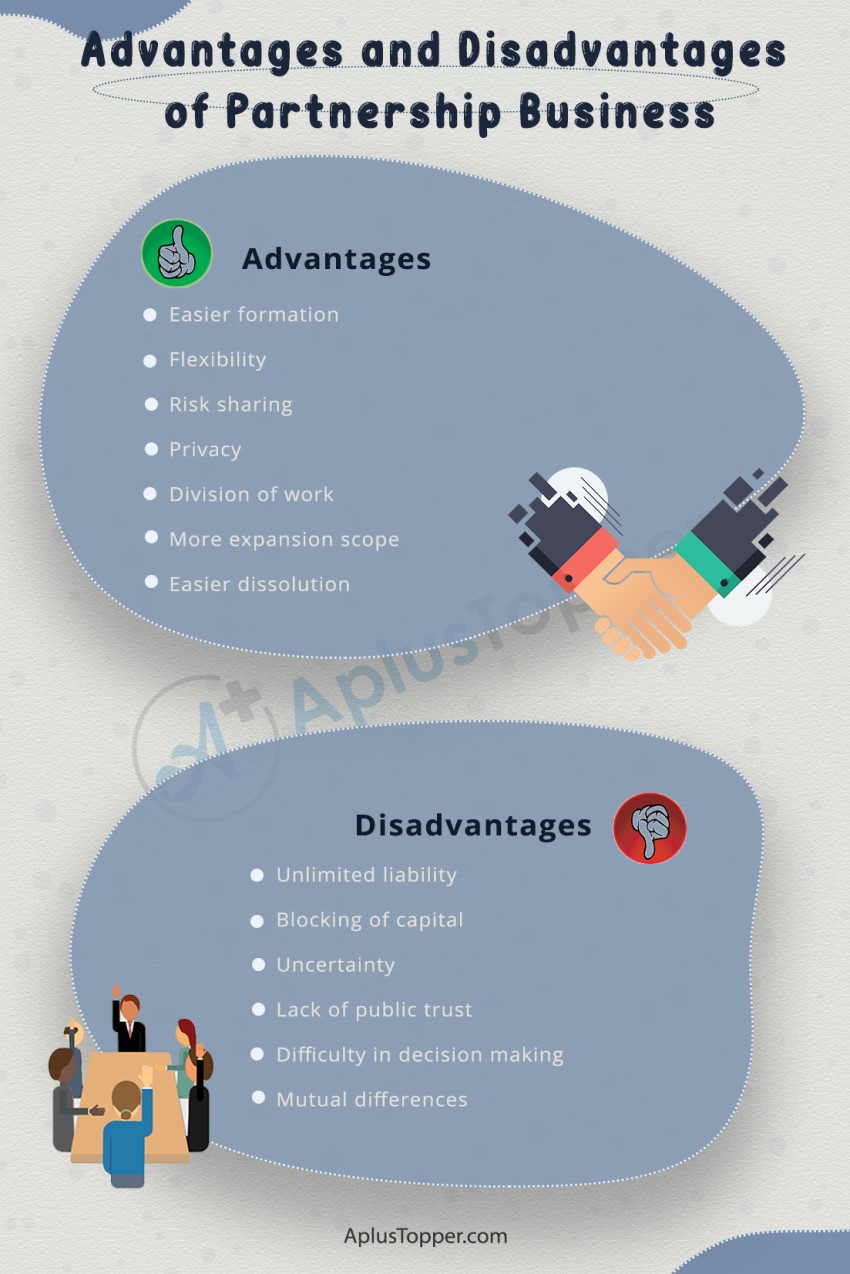What is a partnership? A partnership is two or more people doing something together. It could be a business, a friendship, or anything else people come up with. It’s a lot like a team, but it’s not limited to certain people. Today we will take a closer look at the partnership in this article.
What is a Partnership?
A partnership is a formal agreement by two or more parties to manage and operate a business and share in its profits. In a partnership, each owner contributes something to the welfare of the company. They can take the form of ideas, property, money, and sometimes a combination of all of these. Owners of a Partnership share profits and losses in proportion to their respective investments.

How does the Partnership work?
A partnership is a type of commercial organization that involves two or more people (partners). Each partner must sign a partnership agreement outlining the terms and conditions of their business connection, including how ownership, responsibility, profit, and loss will be shared. Partnerships clarify and explicitly define contractual obligations and economic relationships.
Contrary to limited liability businesses or corporations, however, partners are personally accountable for any partnership company obligations, which allows creditors or other claimants to seize partners’ private assets. For this reason, those looking to enter a partnership should be very picky about who they choose as a partner.
Features of Partnership
- Agreement between partners
It is the association of two or more individuals and the cooperation arising from an agreement or contract. The agreement can be oral or written. To avoid controversy, it is always good to have a copy of the agreement in writing. - Minimum quantity
To demonstrate cooperation, at least two (2) people with a common goal are required. In other words, the minimum number of members in a business can be two (2). - Profit sharing
Another important component of a partnership is the agreement between the partners to share in the profit and loss of the commercial interest. This is a very important feature. - Unlimited Liability
Every member of a partnership has unlimited liability. - Business Engine
It is important for a company to do some kind of business and to have the incentive to gain profits.
What are the Types of Partnerships?

General Partnership
In this partnership, partners participate equally in management activities, and decision-making and have the right to govern the business. Similarly, profits, liabilities and liabilities are divided equally. In other words, the definition of general partnership can be stated as those partnerships where rights and responsibilities are equally shared in terms of management and decision-making. If one partner is found guilty of any business discrepancy, the others will be held accountable for the same. Therefore, most partners do not opt for this partnership.
Limited Partnership
One or more partners with restricted liability make up a limited partnership. A limited partner often receives his or her portion of the profits without participating in day-to-day management tasks or decision-making. They are not responsible for the business loss because of the restricted liabilities.
Limited Liability Partnership
In a Limited Liability Partnership (LLP), all partners have limited liability. Each partner is protected against the legal and financial torts of the other partners. A Limited Liability Partnership is similar to a Limited Liability Company (LLC) but different from a limited partnership or general partnership.
Partnership at Will
Such a partnership is entirely dependent upon one partner’s will. The tie may be broken at any time by either party. This kind of partnership is typically formed for legitimate business purposes and lasts indefinitely.
Advantages of Partnership
- The formation is easy as an agreement can be made orally or in writing.
Since the partnership includes financial contributions from all the partners, it transfers large capital to the business. - There is considerable scope to make changes in business strategy and operations if the partners consider these to be necessary for the overall growth of the company.
- All losses suffered by the company are divided equally among each partner.
- Another great advantage of partnerships is the collection of unique ideas, knowledge and skills from different partners with expertise in their respective fields.
Disadvantages of Partnership
- Disagreement between partners on ideas and discussions can lead to a loss of growth opportunities.
- Selling a business can become more difficult.
- The vision of the firm may be entitled just to the founder. However, a partner will not be following the same.
- In addition to profit sharing, partners may also be liable for any losses or debts from other partners.
Conclusion
A partnership is a type of contract that permits two or more persons to share ownership of a company. These partners split the costs, obligations, and potential losses as well as the ownership and profits. An effective partnership can increase a new company’s prospects of success, while a careless collaboration can lead to poor management and conflicts.


